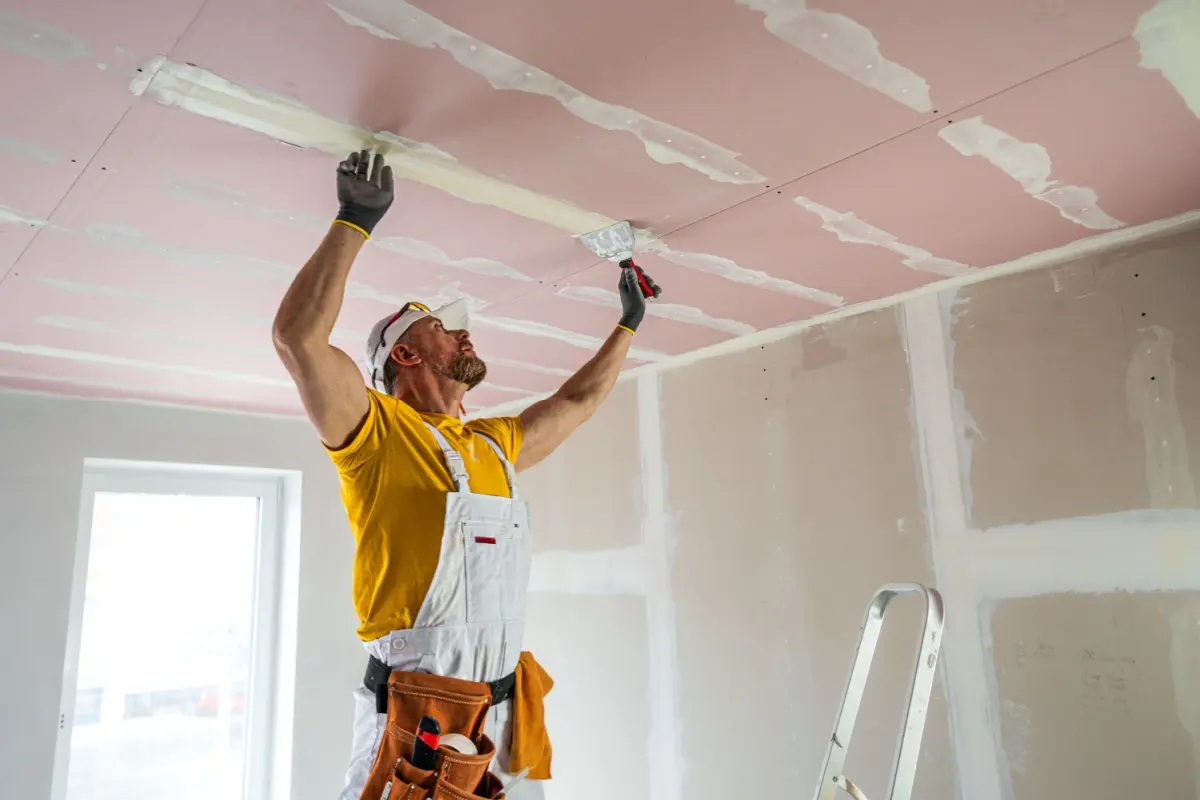Renovating your home can be exciting, but it also involves numerous moving parts. This comprehensive, step-by-step home renovation checklist is designed for homeowners seeking practical and reliable guidance. Read on to learn how to identify areas that require attention, establish a realistic budget, hire the right professionals, and prepare your space for the work ahead.
Start your home remodeling process with a quick walkthrough. List what bothers you and why. Rank by safety, function, and comfort. Typical pain points to watch for:

Lingering moisture, weak ventilation, peeling paint, and musty odors can indicate a risk of mold. The U.S. Environmental Protection Agency (EPA) strongly advises controlling moisture and cleaning thoroughly during and after work to avoid dust and mold issues. If your bathroom has poor airflow, consider installing a fan or adding a window to meet ventilation codes.
Take note of outdated or damaged cabinets, poor task lighting, worn floors, and inadequate ventilation. Strong ventilation helps remove pollutants created by cooking and reduces moisture that can drive mold and damage finishes. Many city building codes require a vented range hood in new or remodeled kitchens.
Watch for old windows, drafty doors, uneven floors, and chipping paint. If your home was built before 1978, any renovation work that chips, peels, or damages painted surfaces can release lead dust.
When you’re looking at the steps to remodeling a house, the numbers matter as much as the design. A budget that breaks down costs room by room gives you a clear picture of what you can afford, and it helps you make smart trade-offs along the way.
Use these 2025 U.S. cost ranges as your starting point:
Build three lines into your budget: scope, contingency, and permits/inspections. A 10% to 15% contingency is realistic for hidden conditions. When planning your budget, keep in mind the 30% rule in home renovation — your project’s total cost should generally not exceed 30% of your home’s current value.
Obtain multiple written estimates for comparable scopes. Some homeowners opt to finance a home renovation rather than pay everything up front, spreading out the costs over time while keeping the project on track.
Homeowners often wonder how long their renovation will take. A simple, workable home remodel checklist with a timeline keeps your project on track. Break it into planning, permitting, procurement, construction, inspections, and punch list.
Good professionals make or break a remodel. The Federal Trade Commission’s homeowner guidance is refreshingly practical:
Lock in the scope before anyone swings a hammer. At this stage, you and your contractor should confirm that all the details are precise and agreed upon.
It is also wise to order long-lead items, such as cabinets, windows, and specialty fixtures, as early as possible to avoid delivery delays that could hold up the project.
Permit rules vary by city, but there are consistent themes that apply across them. Many jurisdictions allow express permits for non-structural kitchen and bath remodels, same-size window and door replacements, and reroofs under certain limits. Not all cities offer this option, so always confirm with your local building department.
Structural changes, new openings, significant electrical or plumbing alterations, and mechanical work typically trigger plan checks and inspections. The Los Angeles Department of Building and Safety publishes express permit eligibility and guidelines, explaining the process from plan submission to inspection.
If your project is more involved, expect plan review and multiple inspections. You will need to schedule inspections before covering any framing, piping, or ductwork. Remember, if you remodel a home without a permit, you may face fines, stop-work orders, or difficulties when selling the property.
Prep makes construction livable and safer. Utilize rooms such as garages, driveways, or covered porches as staging areas for deliveries and tools.
Ask how debris will be hauled and which waste hauler is approved in your city. Some departments require listing a permitted construction waste hauler at the time of permit issuance.
During construction, use a simple home remodeling checklist to stay in control:
Good cleanup is part of a quality job. For all homes:
Planning your remodel just got easier. Get our printable step-by-step renovation checklist — perfect for tracking your project and staying on schedule.
Whether you’re exploring a home renovation trend or addressing necessary updates, an organized plan beats a frantic tear-out every time. Use this step-by-step home renovation checklist to move from identifying problems to a clean final walkthrough with confidence. Keep your scope, budget, permits, and inspections aligned, and you will have a safer, healthier, and better-functioning home.